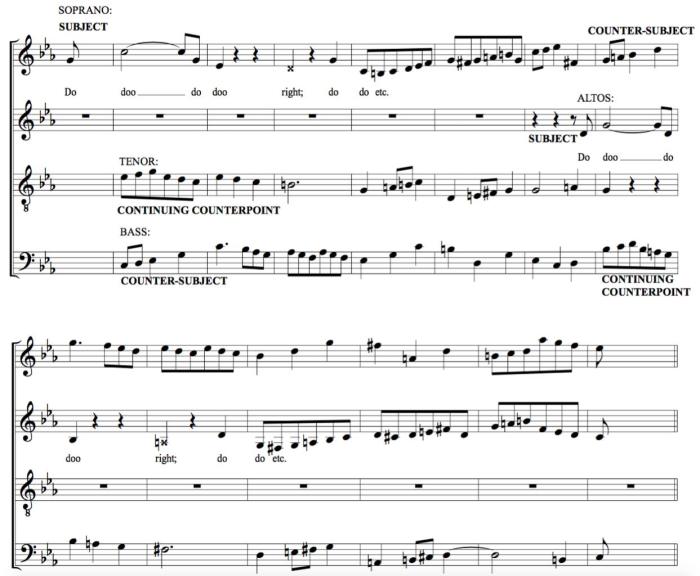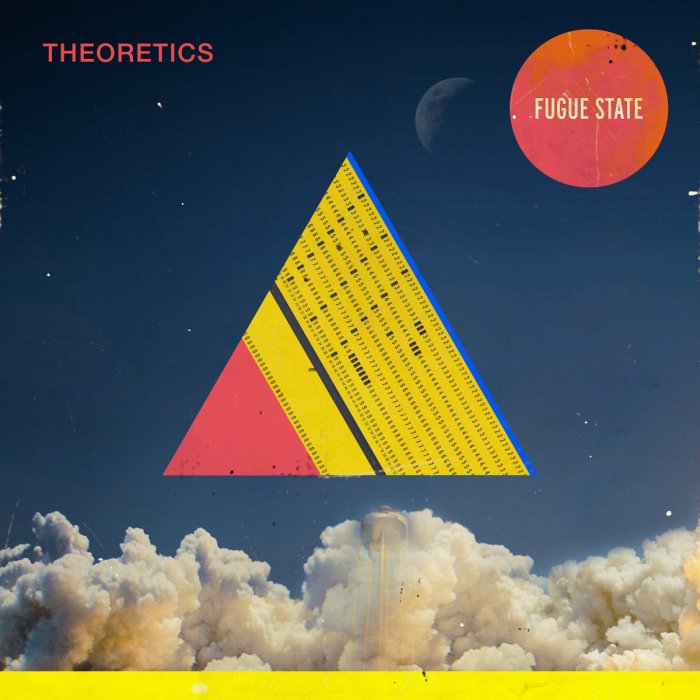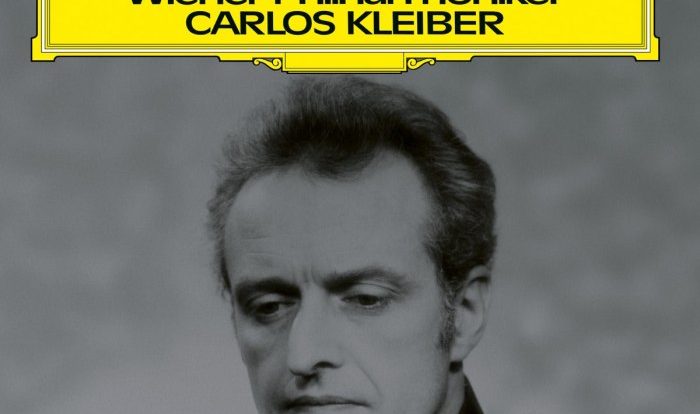What common classical period genre does this excerpt represent – When analyzing a musical excerpt from the Classical period, it is essential to determine its genre. This process involves examining the excerpt’s musical characteristics and comparing them to the defining features of each genre. This article explores the common genres of the Classical period and provides a systematic approach to identifying the genre of a given excerpt.
The primary genres of the Classical period include the symphony, concerto, sonata, and chamber music. Each genre possesses distinct musical characteristics, such as instrumentation, form, and thematic development.
Common Classical Period Genres: What Common Classical Period Genre Does This Excerpt Represent

The Classical period (1750-1820) witnessed the emergence of several distinct musical genres, each with its own unique characteristics and conventions. These genres included:
- Symphony:A multi-movement orchestral work typically featuring four movements in the form of sonata-allegro, slow movement, minuet and trio, and finale.
- Concerto:A work for a solo instrument accompanied by an orchestra, often featuring a three-movement structure of fast-slow-fast.
- Sonata:A work for a solo instrument (usually piano or violin) or a duo (such as piano and violin), typically featuring three or four movements.
- Chamber music:Music written for a small ensemble of instruments, typically consisting of strings, winds, or a combination of both.
Notable examples of compositions within these genres include:
- Symphony No. 40 in G minor by Wolfgang Amadeus Mozart
- Violin Concerto in D major by Ludwig van Beethoven
- Piano Sonata No. 16 in C major by Ludwig van Beethoven
- String Quartet No. 14 in D minor by Franz Schubert
Identifying Genre Characteristics

Each of the above genres is distinguished by its own set of musical characteristics:
- Symphony:Grand in scale and scope, featuring a full orchestra and a multi-movement structure with contrasting tempos and moods.
- Concerto:Showcases the virtuosity of the solo instrument, with a contrasting interplay between the soloist and the orchestra.
- Sonata:Intimate in nature, featuring a solo instrument or duo exploring a range of musical ideas and emotions through multiple movements.
- Chamber music:Explores intricate interplay between a small ensemble of instruments, often featuring a conversational style of writing.
FAQ Resource
What are the main genres of the Classical period?
The main genres of the Classical period are the symphony, concerto, sonata, and chamber music.
How can I identify the genre of a Classical period musical excerpt?
To identify the genre of a Classical period musical excerpt, analyze its musical characteristics, such as instrumentation, form, and thematic development, and compare them to the defining features of each genre.
What is the difference between a symphony and a concerto?
A symphony is a large-scale orchestral work typically consisting of multiple movements, while a concerto is a work for a solo instrument accompanied by an orchestra.

